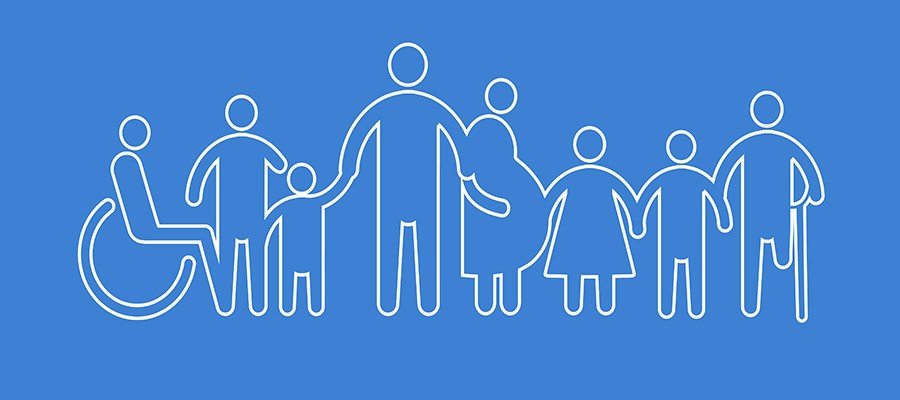Lessons in Accessibility: How Universal Design Transformed My Approach to Instructional Design
Prior to pursuing my master’s in Learning Design and Technology, my experience with accessible and universal design was limited. I had a basic understanding of accessibility principles but little awareness of how my design choices could impact the usability and inclusivity of the learning experiences I created. Reflecting on my growth, I now recognize how essential it is to prioritize accessibility from the start—not only to support learners with disabilities but to enhance the experience for all learners.
What is Accessible and Universal Design?
Accessible design focuses on removing barriers for individuals with disabilities by ensuring materials meet specific standards, such as providing alternative text for images or captions for videos. Universal Design (UD), on the other hand, goes beyond accessibility compliance by proactively designing materials to accommodate the broadest range of abilities, preferences, and circumstances. Universal Design for Learning (UDL), a related framework, emphasizes providing multiple means of engagement, representation, and expression to create flexible learning environments that support diverse needs. Together, these approaches ensure that instructional materials are not only inclusive but also usable and engaging for everyone.
Empathy-Informed Design: Centering Learners’ Needs
My approach to instructional design is grounded in empathy-informed instruction and a commitment to understanding the needs and goals of learners, stakeholders, and organizations. Designing with accessibility and universal design in mind requires a deep understanding of the diverse needs of learners, including those with disabilities. By proactively considering these needs, instructional designers can ensure equitable access and participation for all learners, fostering an inclusive and supportive learning environment.
Applying Accessible and Universal Design Principles
I strive to incorporate accessible and universal design practices in every project, creating content that engages the widest range of users. This means offering materials in various formats—text, audio, video, and interactive activities—to meet diverse preferences and learning styles. I prioritize tools and platforms that support accessibility, including those with screen reader compatibility and WCAG 2.0 compliance.
In my portfolio and instructional materials, I have worked to remove barriers to engagement and usability intentionally. For example, I:
Use clear and simple language.
Select easy-to-read Sans Serif fonts and appropriate font sizes.
Ensure high-contrast backgrounds and descriptive hyperlinks.
Provide alternative text for images and captions or transcripts for multimedia.
Design intuitive, consistent interfaces that are easy to navigate.
Additionally, I conduct thorough quality assurance checks using tools like WebAIM, BrightSlide, and Microsoft’s Accessibility Checker to identify and address potential accessibility issues before publishing content.
A Journey of Growth and Continuous Learning
When I designed my first online course prototype, I had little knowledge of accessibility practices. Over time, through research, application, and feedback, I’ve transformed my approach to ensure accessibility is a foundational element of my work. Including that early prototype in my portfolio—alongside more polished artifacts—highlights my growth as an instructional designer and my ability to apply accessible and universal design principles effectively.
Ongoing evaluation and feedback are integral to my design philosophy. Proactively seeking input from learners helps me refine and enhance the accessibility of my materials. This iterative process ensures my work evolves alongside best practices and emerging technologies.
The Importance of Designing for All
Designing for usability, accessibility, and inclusivity is essential for creating equitable learning environments. By prioritizing accessible and universal design principles, I can craft solutions that are engaging, effective, and beneficial for all learners. These practices not only uphold ethical and legal standards but also reflect my commitment to fostering an inclusive world where every learner has the opportunity to thrive.


